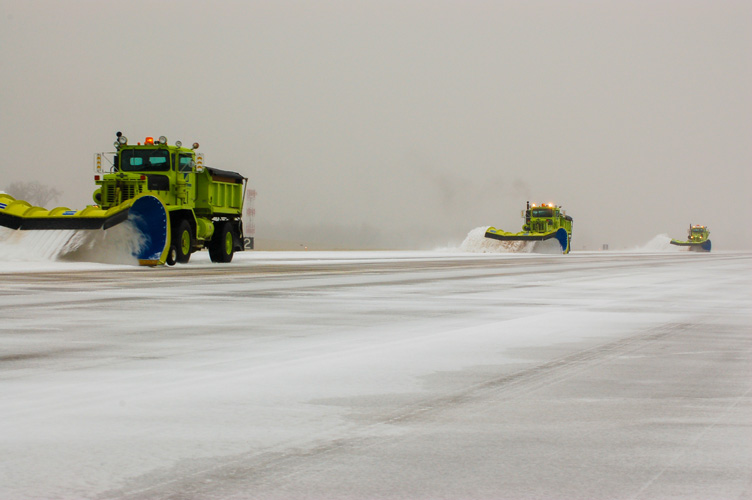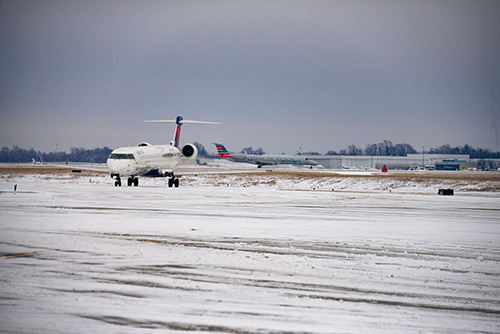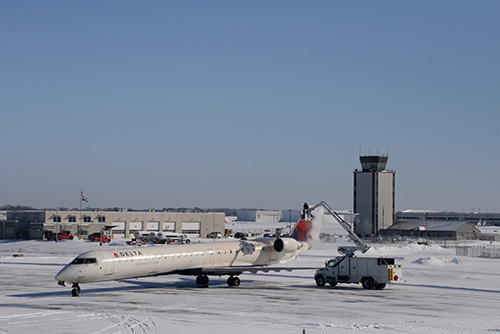Jan 19 2024
 It’s cold outside, middle of winter, at the airport. Snow. Ice. Mayhem.
It’s cold outside, middle of winter, at the airport. Snow. Ice. Mayhem.An airline gate agent gets on the PA system.
“Flight 01007 to Dallas Ft. Worth will be delayed about an hour due to problems with the de-icing truck.”
This results in missed connections at Dallas, broken plans, disgust …
Yes, we’re being melodramatic, but only a little bit.
Flying during winter weather is maddening and not just because weather happens. It’s maddening because it seems so avoidable.
We want to help you cope with this and think knowledge will help. British novelist Samuel Richardson said something that sums this up, and we're paraphrasing here, 'people with little information, and therefore little understanding, are most apt to be angry.'
This is not an exercise meant to make excuses. It’s meant to inform.
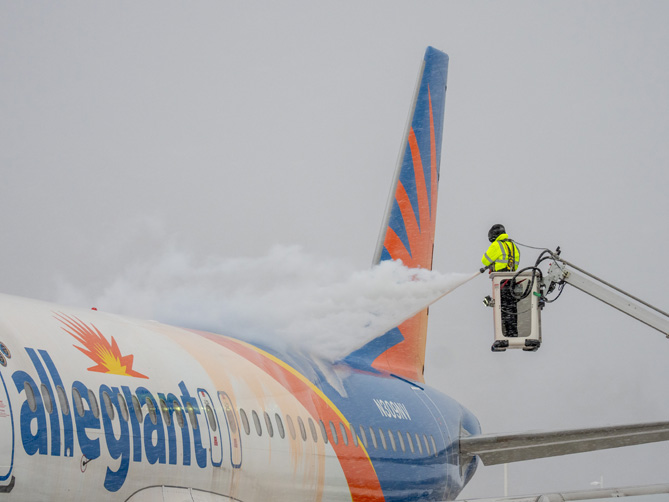 Winter Weather is the Worst for Flying
Winter Weather is the Worst for FlyingWhat gives — why are so many flights canceled or delayed during winter weather? There are several reasons:
1) Weather conditions at connecting airports. People often forget about the weather at their connecting airport or destination. The sun is shining in Springfield, but there’s 18 inches of snow in Chicago. So yes, your flight to Chicago is delayed because of winter weather!
2) We call this reason the “ripple effect.” Example: Chicago O’Hare airport has several thousand flights every day. If Mother Nature dumps 18 inches of snow on O’Hare on Monday, that means that several thousand flights (take-offs and landings) will be delayed. Let’s talk about just one of those flights, a flight from O’Hare to Springfield. It ends-up being delayed two hours. When the plane arrives in Springfield, it’s then supposed to fly from Springfield to Denver. But since it was delayed two hours in getting to Springfield that means that the flight to Denver will be delayed at least two hours … and so and so forth. You get the idea. Flight delays grow and multiply throughout the day.
3) Sometimes airlines preemptively cancel flights because they expect bad winter weather. Look at it from an airline perspective: if the weather forecast for Springfield calls for three feet of snow on Tuesday morning, why would they fly to Springfield late Monday night and then be unable to leave in the morning?
4) Sometimes airline de-icing trucks break down. De-icing is the process of spraying de-deicing fluid on an airplane fuselage. The fluid is meant to prevent ice buildup on the plane. De-icing trucks are sort of like coffee pots. They heat up several hundred gallons of de-icing fluid before it’s sprayed on the plane. De-icing trucks can be cantankerous and prone to breakdowns. Even when everything is working, de-icing is a slow process. It’s even slower when there’s snow and ice on the ground. Flight delays are inevitable. At non-hub airports, an airline will sometimes have just one de-icing truck for several airplanes.
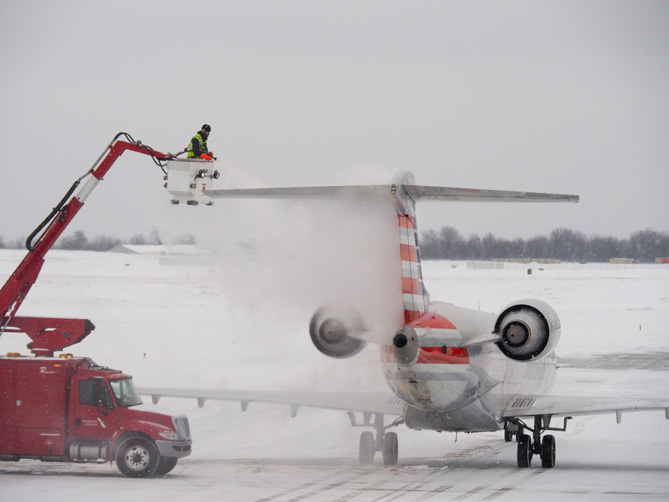
5) Sometimes winter weather comes down so fast that the airport can’t keep the runways, taxiways, and ramps clear of snow and ice. Poor pavement conditions are one of the reasons for cancelled flights.
6) Airlines and pilots make judgment calls. After looking at all available data, they often conclude that flying in winter weather isn’t worth the risk. This is a judgment that none of us can question––airlines should always err on the side of caution.
Who's Responsible for What?
There’s a lot of customer confusion on this subject, so let’s talk about how the airline and airport industries work. In short, who’s responsible for what? Start with airlines —
Airlines do the following; this is not a complete list:
- They sell tickets and provide transportation on airplanes.
- They cancel flights.
- They de-ice airplanes.
- They update flight information displayed on video screens at airports.
- They staff ticket counters and gates.
- They park and push back airplanes at the terminal.
- They load and unload luggage.
- They maintain and repair airplanes.
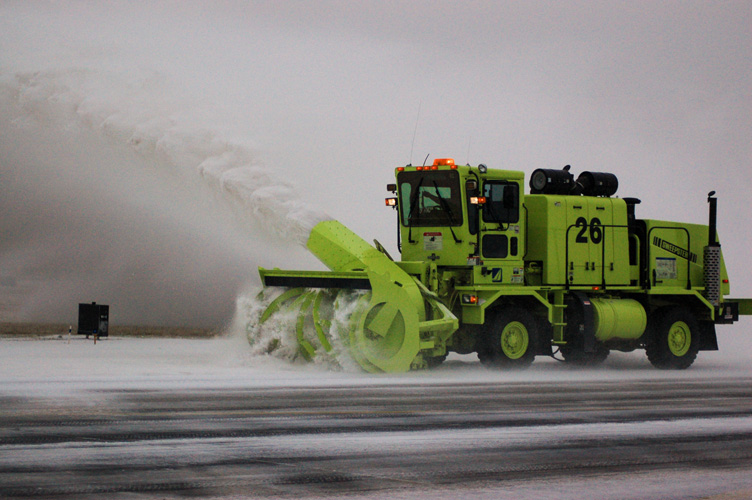
Our airport is in winter weather mode between October 1 and May 1. That means that the snow removal equipment is always ready to roll on short notice. During this seven-month period airport staff looks at the weather forecast several times a day; on the lookout for possible winter storms.
As winter storms approach, work schedules are juggled to clear the way for the possibility of continuous “snow operations.” This means that crews could be working non-stop for 24 to 36 hours, sometime longer. It all depends on the storm and how much, and what kind, of frozen precipitation is brings. Light, fluffy snow is a breeze. Wet snow is an unforgiving beast. And ice … that’s the worst. When ice falls runway pavement can go from “clean” to a sheet of ice in ten minutes flat! Regardless, our fleet of snow plows, snow blowers, and snow brooms are in constant operation until the pavement is clear.
We hope this overview has shed some light on how the aviation industry operates during winter weather. For information about flying during winter weather, check out this link. It offers tips on how to figure if winter weather has cancelled your flight.
